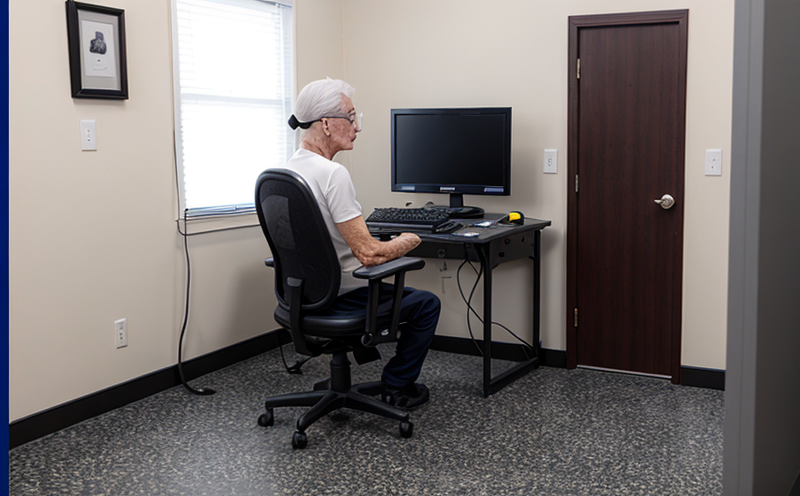ISO 6330 Domestic washing and drying procedures for aging simulation
The ISO 6330 standard provides a set of domestic washing and drying procedures designed to simulate the effects of home laundering on textile materials. This standardized approach is essential for quality managers, compliance officers, R&D engineers, and procurement teams involved in product development and testing within the textile industry. By following these protocols, manufacturers can ensure that their products undergo consistent and controlled aging processes, leading to more accurate predictions about how fabrics will perform over time.
Understanding the nuances of domestic washing and drying is crucial because it directly impacts fabric durability, appearance retention, and overall quality after multiple cycles in household settings. The procedures outlined in ISO 6330 are based on empirical data collected from typical residential washing machines and dryers, providing a realistic simulation of real-world conditions without the need for extensive field testing.
The standard specifies various factors such as water temperature, detergent usage, spin speed, tumble time, and drying temperatures. These parameters can be adjusted according to the type of fabric being tested or evaluated under specific conditions. For instance, delicate fabrics may require gentler cycles with lower water temperatures compared to more robust materials that can withstand higher heat levels.
Implementing ISO 6330 helps companies comply with industry standards and meet customer expectations regarding product longevity and performance. It also facilitates better communication between different stages of production, from raw material selection through final assembly, ensuring consistency throughout the supply chain. Furthermore, adherence to this international standard enhances brand reputation by demonstrating commitment to high-quality manufacturing practices.
Manufacturers who adopt ISO 6330 procedures benefit from improved product reliability and reduced warranty claims due to premature wear or deterioration caused by improper washing methods. Additionally, compliance with these standards can lead to competitive advantages when entering new markets where local regulations favor adherence to recognized international norms.
In summary, the implementation of ISO 6330 domestic washing and drying procedures for aging simulation plays a vital role in ensuring consistent product quality across various environments. Its application contributes significantly towards maintaining customer satisfaction while fostering trust among stakeholders within both national and global markets.
Why It Matters
The importance of ISO 6330 cannot be overstated, especially for those involved in the textile industry. Properly simulating domestic washing and drying conditions allows companies to accurately assess how their products will behave under realistic circumstances before they reach consumers.
By utilizing this standardized process, manufacturers can identify potential issues early on during development stages rather than waiting until products are already being sold to the public. This proactive approach not only saves time but also reduces costs associated with recall campaigns or product recalls later down the line.
In addition to enhancing product quality, compliance with ISO 6330 ensures that companies stay up-to-date on best practices within their respective fields. As industry standards evolve and new technologies emerge, adhering to such guidelines helps maintain a competitive edge in an increasingly globalized market.
Customer Impact and Satisfaction
One of the key benefits of implementing ISO 6330 domestic washing and drying procedures lies in its ability to enhance customer satisfaction. When consumers purchase textiles that have undergone rigorous testing using these standardized methods, they can expect products with consistent quality across all units produced.
This consistency translates into better overall experiences for end-users who rely on their clothing or other textile items to maintain their appearance and functionality over time. Knowing that the garments they buy are subjected to controlled aging simulations reassures customers about the durability of these products, which in turn fosters loyalty towards brands offering such high-quality goods.
Competitive Advantage and Market Impact
The adoption of ISO 6330 domestic washing and drying procedures can provide significant competitive advantages for textile manufacturers. By demonstrating a commitment to quality through adherence to recognized international standards, companies position themselves favorably against competitors who may not follow such stringent protocols.
This consistent approach ensures that products perform reliably under various conditions, thereby appealing to discerning customers looking for long-lasting solutions. Moreover, compliance with these standards can help open doors to new market opportunities where local regulations or consumer preferences favor products meeting specific international criteria.





